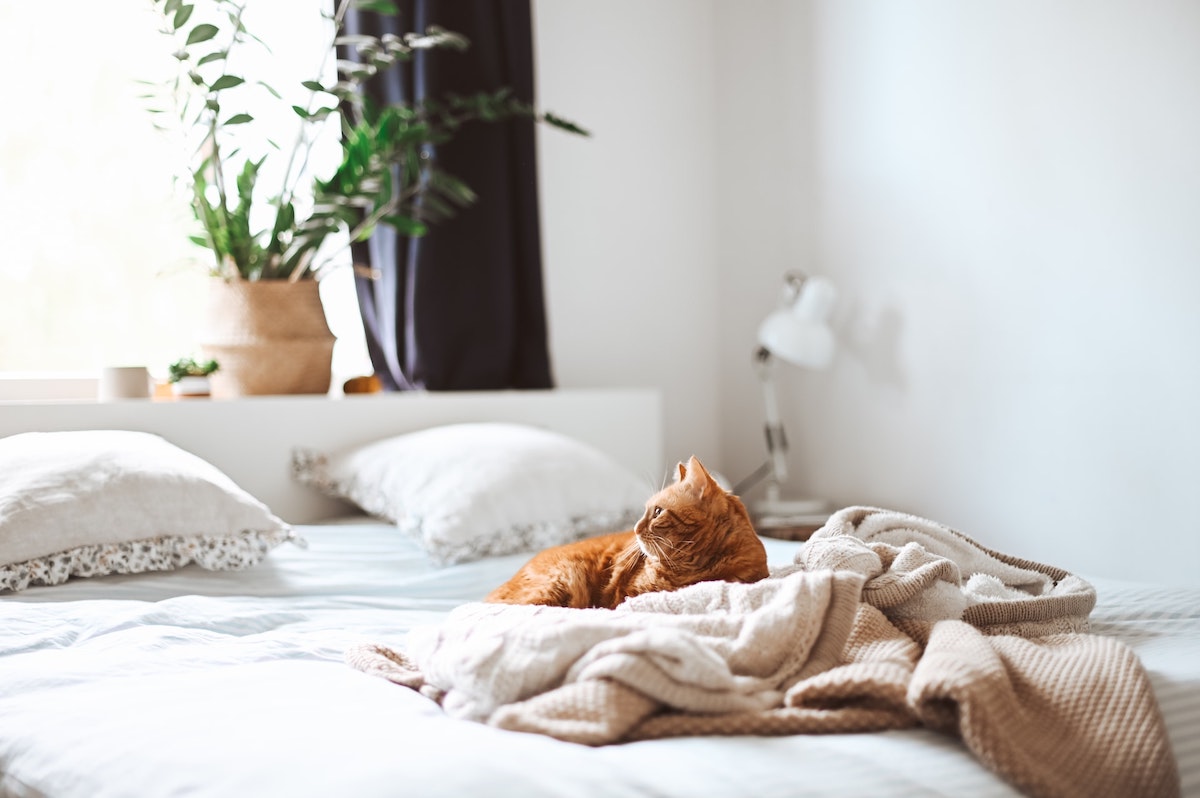Your Cart is Empty

If you have a creepy crawly feeling that there’s something else lurking in your bed – and the itchy bites to prove it – you might have bed bugs! Here’s what you need to know about bed bug infestations and how you can get rid of them and sleep in pest-free peace.
Bed bugs are tiny insects that can hide in your bedding and other soft or upholstered areas in your room. They feed on blood, usually at night, and hide during the day, which can make them hard to detect. Bed bugs are also accomplished hitchhikers, which means that you can pick them up from other places like hotel rooms and used furniture and bring them into your home to multiply.
The most obvious sign that you may have bed bugs is evidence of bug bites. Bed bug bites tend to be:
In addition to the bites themselves, another telltale sign of a bed bug infestation is the presence of brownish stains on your sheets and pillowcases, a tell-tale sign that this is a bed bug problem and not something else.
Finally, you might be able to confirm the presence of bed bugs by giving your room a thorough inspection and seeing if you can catch them out in the open. Bed bugs are:
They aren’t to be mistaken for fleas, which are smaller in size and longer and narrower in shape. You can also tell the difference between fleas and bed bugs by the way that they move: while fleas are well-known for jumping from place to place, bed bugs only crawl.
The first step to getting rid of bed bugs is to identify where in your home they’re hiding -- and since bed bugs multiply so quickly as they feed off of you at night, you’re going to want to get a handle on this as quickly as possible!
As the name suggests, bed bugs tend to like living in your bedding and other soft or upholstered areas, but there are also several other places where you might find them lurking. Some common areas you can check for the presence of bed bugs include:
Remember, bed bugs are very small and flat, and they tend to hide during the day. You’ll likely need to look very closely to identify a bed bug infestation. You may even need to take apart your furniture if you suspect that you have a bed bug infestation to better find their hiding spots.
Once you’ve determined where your bed bugs are hiding, you can now start to tackle the infestation problem. Continue to look for signs of bed bugs in a wider and wider perimeter until you can no longer find any signs of an infestation. Then, you’ll need to section off this room or area from the rest of your house to the best of your ability to prevent the bugs from spreading.
Meanwhile, in the infested area, do the following.
High heat is one of the most effective ways to kill bed bugs and control an infestation. Wash everything that you can within the vicinity of your bed bug infestation on the highest heat setting possible.
Investing in a steamer is also a great idea here. If you can’t put everything into your washer and dryer, consider using steam to zap the remaining bed bugs in your room.
In addition to washing everything thoroughly, you’ll also want to vacuum frequently to get rid of any of the other bugs that remain. Vacuum your carpet and other surrounding areas to get rid of bed bugs, and do so several times a week. You might need to take apart your furniture and use a flat vacuum attachment with a longer reach to get everything. After you’ve finished vacuuming, make sure to dump the vacuum contents and dispose of it away from your house to prevent them from escaping and reinfesting the area (or worse, a new area in your home).
Remember, bed bugs love to hide, especially if it’s somewhere nice and soft like a pile of clothing or blankets. So it’s a good idea to keep your room as neat, tidy, and hiding-place-free as possible to prevent bed bugs from escaping your extermination efforts. Pick up any clutter, especially in the area you know has an infestation.
Throwing out an infested mattress and buying a new one unfortunately won’t stop your bed bug problem, since the new one can become infested with the bugs in surrounding areas. Instead, consider cleaning your mattress as thoroughly as you can and then encasing it with an airtight mattress encasement that won’t allow any of the existing bed bugs to escape or recontaminate it.
In the meantime, consider replacing your sheets and other bedding with a new set of QuickZip bedding if you can’t get rid of the stains that the bed bugs might have left in their wake.
Unfortunately, even if you’re extremely careful, bed bugs can be a huge pain to clear fully from your home. Not only are they small and crafty, but they also multiply extremely rapidly and can live for a full year without feeding. Because of this, fully clearing an infestation often requires help from a professional pest control company. If your at-home remedies aren’t working, consider calling an exterminator to help control the issue.
There are few things more ick-inducing than realizing you’re dealing with a bed bug infestation, but there are several things that you can do before throwing in the towel and bug-bombing your house completely. With persistence and careful attention to detail, you can manage bed bugs before they overrun your personal space.
Featured image credit: Photo by Gaelle Marcel on Unsplash